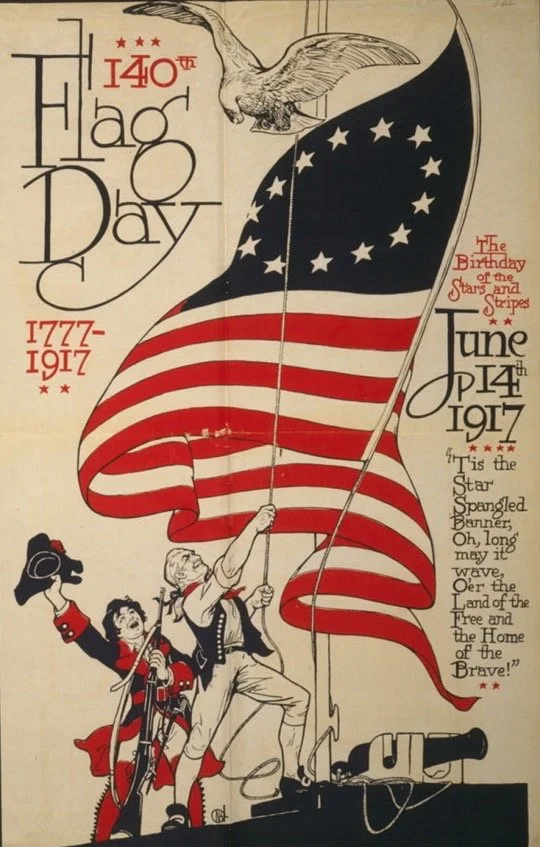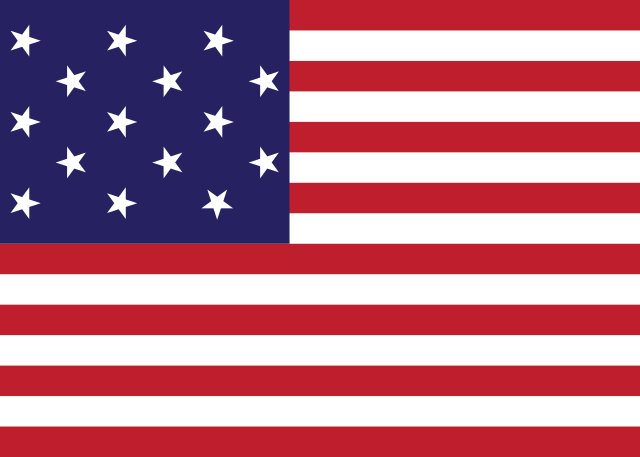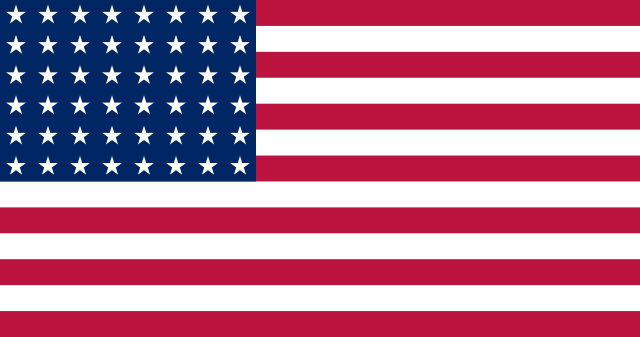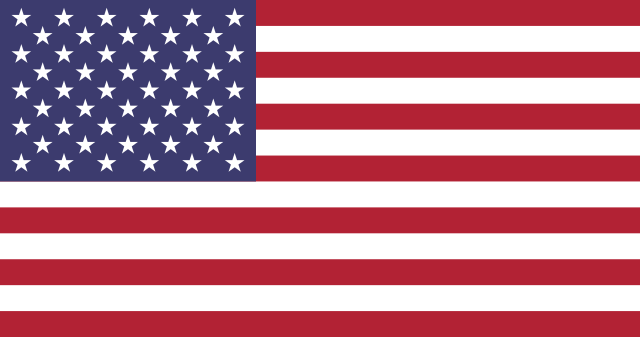The U.S. flag was not created to flaunt our military might. It stands as a symbol of national pride and unity.
In the United States, we celebrate Armed Forces Day on the third Saturday of every May.
It was first observed in 1950 after a resolution led by President Harry S. Truman to celebrate the contributions of all five of our military branches was approved on August 31, 1949. We now have an additional branch, the United States Space Force. Most countries also celebrate their own Armed Forces Days at different times throughout the year,
If you live in one of the 50 U.S. states or a U.S. territory, chances are you see a lot of Old Glory or the Stars and Stripes, the preferred nicknames for our flag. June 14 is our Flag Day; however, it is not a national holiday. Why do we have a flag? Why do we have a special day to celebrate our flag, and how should this day be celebrated?
Hoping to promote national pride and unity, the Continental Congress adopted our national flag on June 14, 1777. According to their resolution, the flag of the United States was to have thirteen stripes, alternating red and white and the left corner should have a blue field with thirteen white stars representing a new constellation. The stars were placed in a circle so that no one colony would be viewed above another.
After the Battles of Lexington and Concord kicked off the American Revolution, the Congress formally authorized the enlistment of soldiers to fight in what became known as the Continental Army on June 14, 1775, so the birthday of the U.S. Army is also Flag Day. Happy 250th Birthday to the U.S. Army!
Nearly everyone has heard the story of how Betsy Ross sewed the first flag for our new nation, but did you know there are no written records to back up Mrs. Ross’ story? Historians believe Mrs. Ross, a widow who owned an upholstery store probably created the first flag, but the diaries and letters of George Washington, Robert Morris, and George Ross make no mention of visiting Mrs. Ross’ shop to commission the first flag.
The first official retelling of Betsy Ross’ stories about creating the first flag occurred in March 1870 a few years before America's Centennial. William Canby, a grandson of Betsy Ross, presented a paper to the Pennsylvania Historical Society describing his grandmother's deeds. Canby was only 11 when Betsy died in 1836. He relied on his own recollections and provided three sworn affidavits from family members - a daughter, a niece, and a granddaughter of Betsy Ross.
According to Canby, George Washington and a secret Congressional Committee comprised of Robert Morris and George Ross visited the widowed seamstress with sketches of the proposed flag. Betsy contributed by suggesting a 5-pointed star because it was easier to cut instead of the 6-pointed star recommended by Washington. Betsy’s claims were supported by the fact that she lived near the Washingtons, attended the same church, and was related to George Ross.
Congress did not adopt an official flag until June 1777, a full year after Betsy claimed to have made the flag. Francis Hopkinson, a New Jersey delegate to the Continental Congress and a signer of the Declaration of Independence, sought payment in 1780 for his design of "the flag of the United States of America" which featured six sided stars and red and white stripes. His request was not approved because it lacked proper documentation. Some people believe an attempt was made to downplay Betsy’s contributions because she was a woman. What do you think?
The U.S. Flag Francis Scott Key observed flying over Fort McHenry when he wrote the poem that would become our national anthem was designed in 1795 with 15 stars and 15 stripes. The newly redesigned flag featured two new stars and two new stripes to the US flag to recognize the addition of two new states, Vermont and Kentucky.
In 1818 Congress decided to return the number of stripes on the flag to thirteen in honor of the original thirteen colonies, but agreed to add stars for each new state.
In 1885 a schoolteacher named Bernard J. Cigrand held what is believed to be the first Flag Day celebration at Stony Hill School in Waubeka, Wisconsin. It became his lifelong quest to make Flag Day a holiday. Cigrand was born in Wisconsin, the son of immigrants from Luxembourg.
Cigrand moved to Chicago to attend dental school, and in June 1886, he publicly proposed the idea of celebrating the “birth of the United States flag” on June 14th. On the third Saturday in June 1894 public school children in Chicago held a celebration of Flag Day in Chicago public parks. The celebration was repeated the next year.
Cigrand continued speaking in public and writing articles about patriotism, respect for the flag, and the need for the observance of Flag Day on June 14, the date the Continental Congress adopted the Stars and Stripes as our flag.
In 1916, President Woodrow Wilson proclaimed a national observance of Flag Day on June 14, but Flag Day is only a legal holiday in one state, Pennsylvania, where it is a state holiday.
The US flag has been changed twenty-seven times.
There are six American flags on the moon. Astronauts from Apollo 11, 12, 14, 15, 16 and 17 moon missions planted a flag on the moon.
It’s important to remember when we speak of Flag Day that it was envisioned and championed by a public-school teacher who was the son of immigrants. As a first generation American, the symbolism of our flag held special significance to him as it does to countless other Americans. Patriotism is not dependent on having a private school education or our ability to trace our ancestors back to the Mayflower. The United States flag stands for the beliefs of our founding fathers that are enshrined in our Constitution. We the people. Those beliefs insist that our leaders are elected to represent the needs of the people… all of us… not just democrats or republicans, conservatives, or progressives.
Spending millions of dollars on a national parade while trying to deprive families with children, our elderly, and our disabled (many of whom are U.S. veterans) of food and medical assistance programs is unconscionable. If you believe the best way to promote national pride and unity is to protect and provide for the most vulnerable among us, then I salute you, and I salute our flag. No expensive military parades, fireworks, or grandiose speeches and puffery required.
Sources used:
History.com
Chicagonews.com
Softschoolfacts.com















